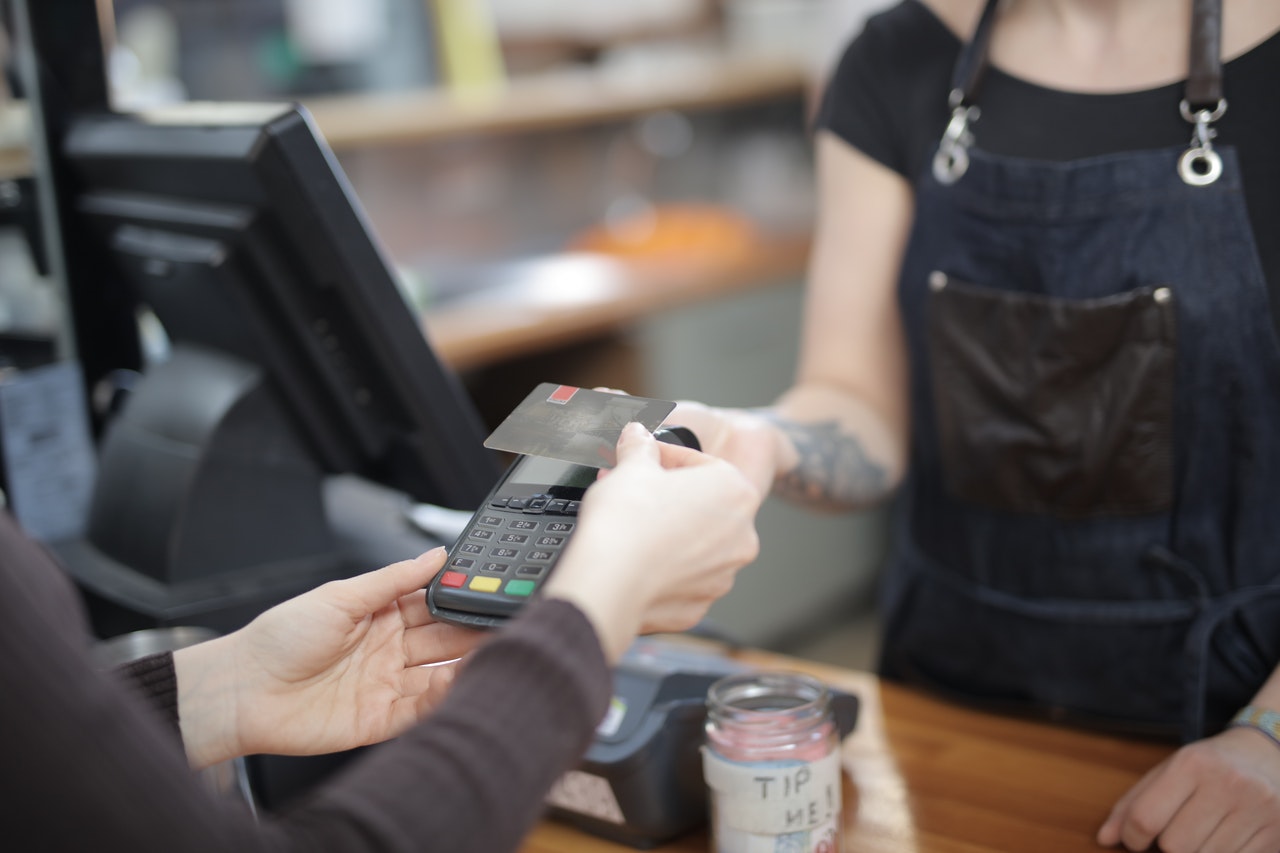A chargeback is a transaction when a customer contacts their bank or financial institution for a reversal or refund on a purchase paid for with a credit or debit card. This provision exists to protect card users from billing fraud. There are federal laws regarding chargebacks, such as the Fair Credit Billing Act which includes guidelines to be followed by consumers, creditors, and businesses in managing and processing credit card billing complaints.
A chargeback is a lengthy and tedious process that involves several parties. Aside from the usual suspects — the customer, the card-issuing bank, and the merchant — it also involves the card network (i.e., Visa or Mastercard), the merchant’s bank, the merchant’s account processor, and the payment gateway (the security network used by the merchant’s account processor).
Causes of Chargebacks
To effectively prevent and manage chargebacks, let’s understand what causes them in the first place. The most common reasons why customers file for chargebacks include:
- They don’t recognize the charge or the merchant name in their billing statement.
- They feel like the product was misrepresented online.
- They did not like the product.
Cardholders can use a variety of “official” reasons to file a chargeback with their card network, but most disputes can be traced back to three primary claim types:
- Criminal fraud: This involves unauthorized transactions because of card theft or fraud. One study found that the average retailer in the U.S. suffered 727 successful fraudulent transactions of a criminal nature in 2020, amounting to approximately $126,500 in losses per month.
- Merchant error: This covers operational errors on the side of the business. This can include unclear return policies, processing shortcuts, and procedural shortcuts.
- Friendly fraud: This pertains to invalid claims from the customer, which the business can either challenge or resolve directly with the customer through a refund.

6 Ways to Prevent and Manage Chargebacks
Now that you know more about what chargebacks are, let’s talk about what you can do about them.
1. Review and Improve Your Business Policies
Prevent chargebacks caused by merchant errors by auditing your business procedures. If you have existing policies regarding returns, refunds, and exchanges, ensure they’re understandable and accessible to customers so that they know their options. Publish these policies on your website and post them on your social media accounts.
If you have a brick-and-mortar store, print these out and post them near the register so that customers can see them when they pay. If you have an eCommerce site, ensure that customers are also aware of shipping and fulfillment policies.
Additionally, enable customers to maximize the alternatives available to them through the following:
- Create an FAQ page on your website, including keywords relating to returns and refunds.
- Automate your return process.
- Offer free return shipping or exchange within a certain timeframe after purchase.
- Ask for reviews from customers who opted to return, exchange, or refund their purchase.
2. Let Customers Easily Reach You
Provide consumers with multiple ways to contact you and ensure these are all public. Publish your business address, email address, and phone number so that they can reach you directly. If customers can privately settle their concerns and disputes, this may significantly help manage chargebacks filed against your business.
On top of this, improve your customer service so that patrons who contact you — whether by returning to your store, calling your office, or sending an email or direct message on social media — to raise complaints are met with helpful, competent, and responsive staff. It may be harmful to your business if customers feel that you are unhelpful or unwilling to address their concerns.

3. Ensure Products Are Correctly Represented
One of the most common reasons why customers file chargebacks is that the product or service they paid for does not meet their expectations. While businesses want to advertise their products and services in the best light, you can prevent chargebacks through authentic and detailed marketing.
Be thorough about publishing product descriptions and post multiple high-quality photos of your products, taken from different angles. Include all necessary specs such as colors, sizes, and materials or ingredients used.
If you hired a model to show the scale, size, and fit of a product, include in the description the model’s details that are relevant to the product. For example, if they are modeling pants, state what size they are wearing, as well as their hip and waist measurements. This will help customers gauge how the product might look on them, enabling them to make a more informed purchasing decision.
4. Strengthen Payment and Transaction Processing Security
Prevent chargebacks due to criminal fraud by allowing customers to pay through a variety of payment methods. Minimize the times when customers must input their PIN codes or account numbers through mobile and contactless card payments. For transactions that involve a physical card, request for a signature to confirm that the transaction is intentional and authentic. Leverage card network tools such as AVS and CVV codes to verify the card and transaction.
Using a trusted and well-equipped POS system can help make it easy for you to implement anti-fraud security measures, while simultaneously catering to your customers’ diverse payment preferences. Learn more about how a POS system can help you.

5. Have an Accurate Payment Descriptor
Customers may file a chargeback if they don’t recognize the transaction. Some of these might be unauthorized transactions, in which case, it’s considered criminal fraud. However, there are also cases where the transaction is true and valid, but they don’t recognize the merchant name indicated in their billing statement.
To reduce chargebacks filed under this reason, set up your merchant account with an accurate payment descriptor, including your business name and even business number.
6. Challenge Invalid Claims
Implement procedures to help you manage friendly fraud or invalid chargeback claims. If you offer shipping and delivery, request customers to sign a delivery confirmation. This will serve as proof that you successfully delivered the package and that they or an authorized representative received it.
Additionally, you can challenge these disputes when they are filed against you. If you simply accept invalid chargebacks without properly investigating and addressing the root causes, banks may hold you accountable. In the long run, excessive chargebacks may be a mark against your business’s credibility.
Consequences of Excessive Chargebacks
If you fail to manage and prevent chargebacks, your business may suffer the following consequences:
- Additional expenses: If you are unable to successfully challenge a chargeback, you have to refund the customer back what they originally paid. You may also have additional expenses to cover lost processing fees, investigation fees, and labor costs.
- Reduced revenue: If a customer files a chargeback against you, they are likely dissatisfied with your product or service and are unlikely to do business with you again. Losing a customer is especially harmful to subscription-based services because it doesn’t only mean losing a single transaction but also revenue for the succeeding months.
- Damaged reputation: Many financial institutions and services consider a business’s chargeback rate a crucial metric in determining your viability for loans and other services.
Effectively prevent and manage chargebacks with a trusted POS system. Contact True POS for a free quote today!

